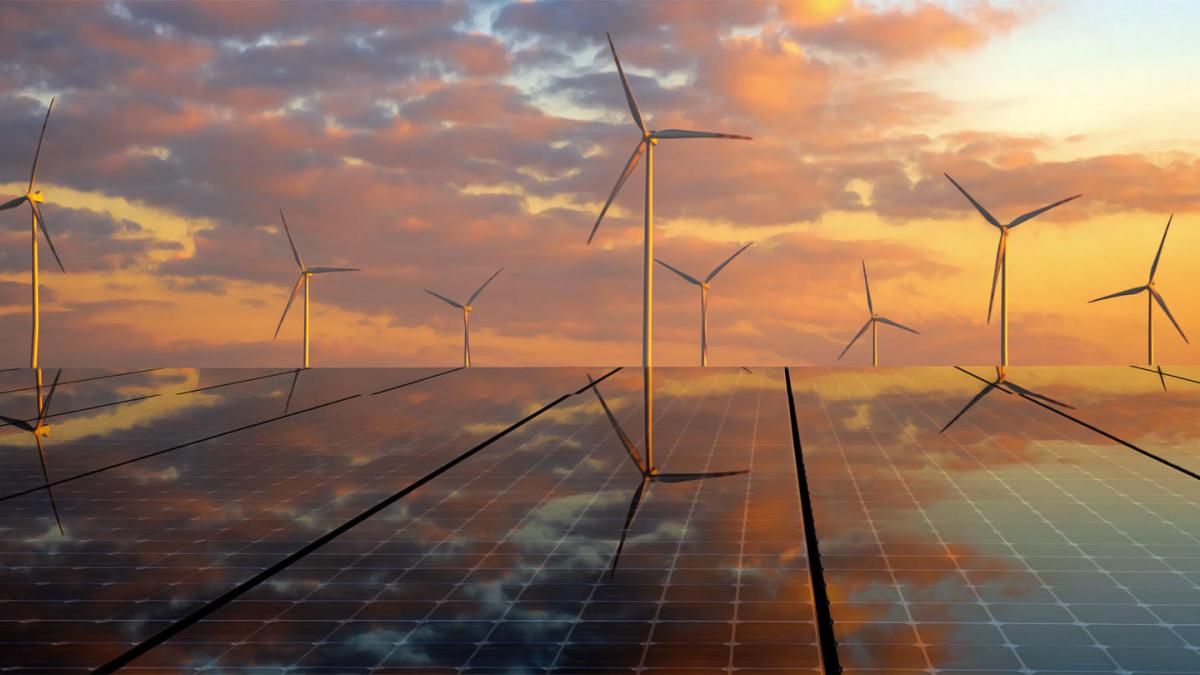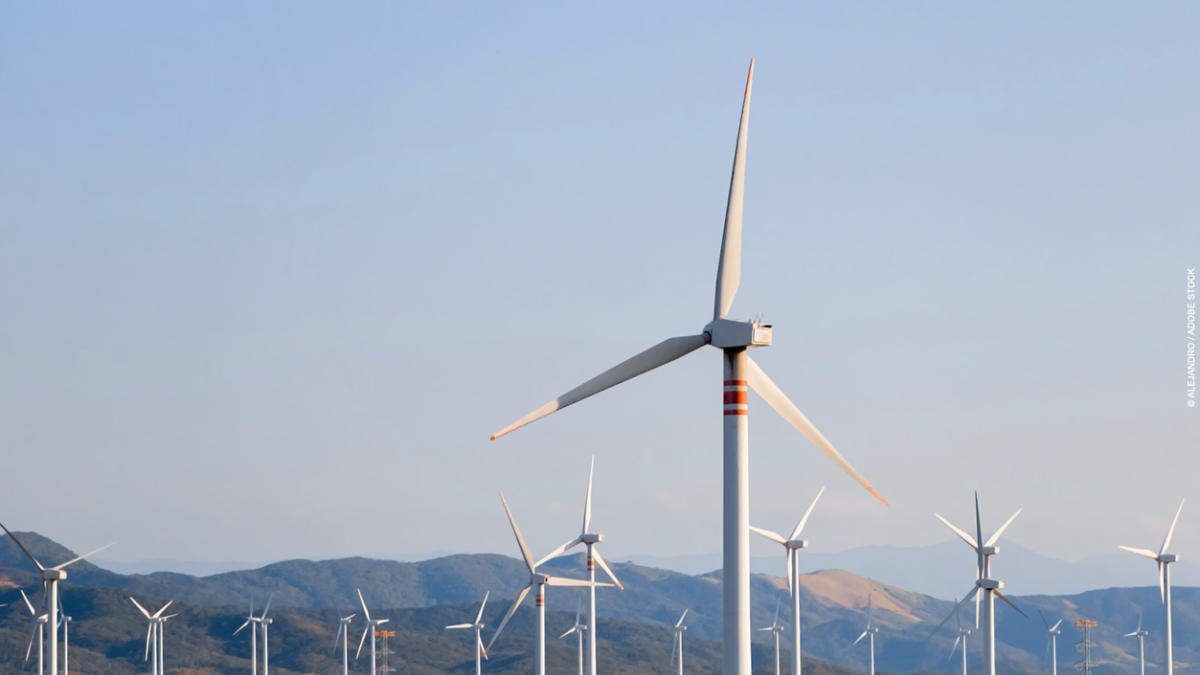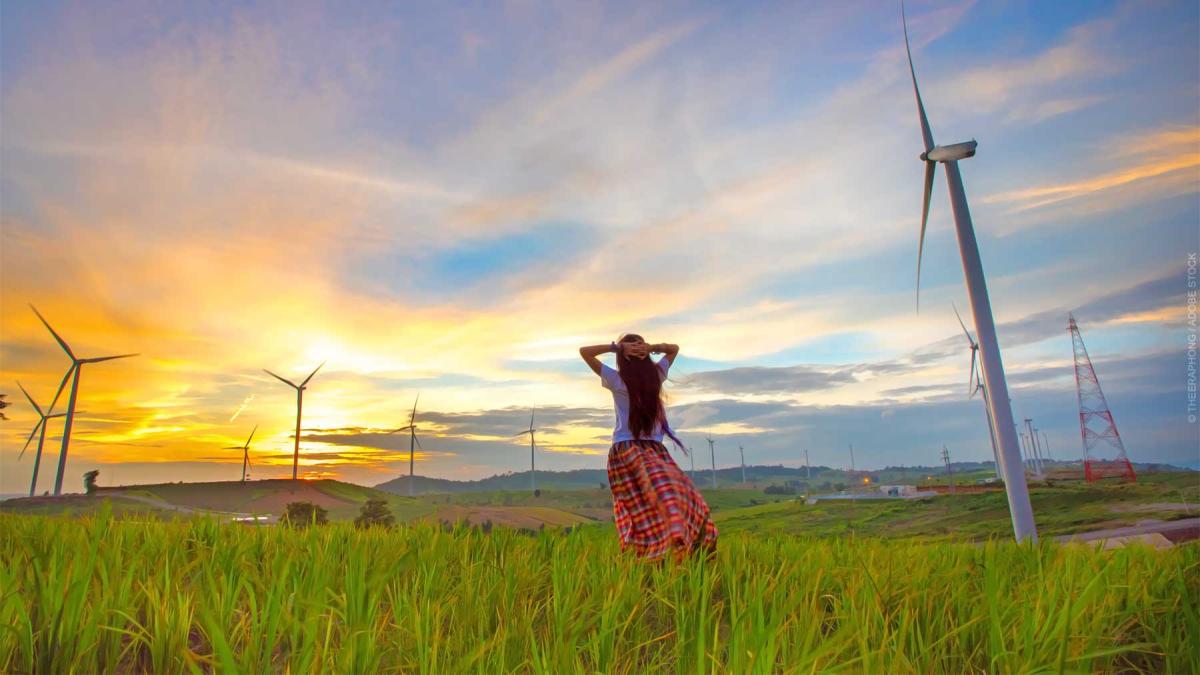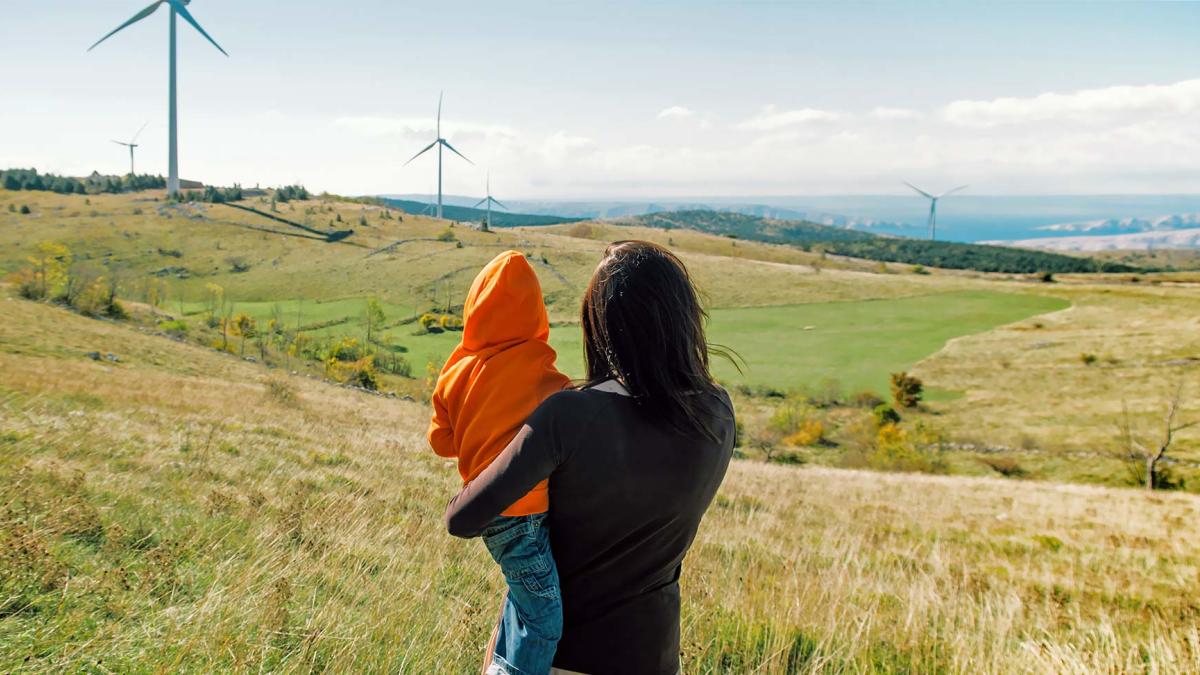Introduction to Renewable Energy Auctions
Scaling Up Renewable Energy (SURE)
When utilized strategically, reverse auctions can facilitate competitive renewable energy price setting, lower costs, expand access to affordable and sustainable energy, and increase transparency of energy procurement.
An auction is a competitive process for policymakers to procure electricity generated by renewable energy. Policymakers can hold auctions regardless of market maturity and institutional capacities and can choose different entities to conduct auctions. An auctioneer can be an energy regulator, electricity market operator, or dedicated agency. The auctioneer issues a tender with clear rules in an online or other public platform, which ensures a transparent and competitive procurement process.
By 2019, 109 countries around the world had held auctions, up from 98 in 2018. Countries have chosen different entities as auctioneers. In the case of Germany and Senegal, the auctioneer was the energy regulator. In Brazil, Colombia, and Mexico, the auctioneer was the electricity market operator. In Morocco and South Africa, the auctioneer was a dedicated agency.
FEB 2022, VIDEO – This video explains renewable energy auctions and why policymakers are using it as a policy tool to combat the climate crisis and lower energy costs. Read more.
Auctions versus other Procurement Mechanisms
The three most common price-setting methods for procuring electricity from renewable energy are feed-in tariffs, negotiated tenders, and auctions.
Unlike negotiated tenders and feed-in tariffs, auctions have the potential to provide price discovery, reduce windfall profits for power producers, and lower electricity prices for cash-strapped utilities and consumers by forcing companies to compete against one another on price. In addition, auctions allow greater volume control and more market-reflective, competitive pricing than feed-in tariffs. They also scale more easily and enable faster project execution compared with negotiated tenders.
Auction Advantages
- Provides greater volume control
- Results in more competitive pricing due to elimination of post-bidding negotiations
- Enables faster project execution after award
- Facilitates scaling up for multiple projects and rounds
- Offers high levels of transparency in the award rules and selection process
Auction Disadvantages
- Requires sufficient competition
- Requires stronger institutional capabilities than other procurement mechanisms
- Imposes risk on bidders who face loss of project predevelopment costs if not awarded
- Entails risk of underbidding and project noncompletion
Preparing for Auctions
For countries with limited market maturity and institutional capacities, it is important to design simple auctions. However, more complex auctions can better react to different policy preferences and market conditions.
Before designing an auction, policymakers should define policy objectives to be achieved with the auction. Two of the most common policy goals of auctions are allocating available funding efficiently and achieving renewable energy generation targets through the timely implementation of projects. Other policy goals include grid and system integration of awarded projects and positive socioeconomic effects at the local level.
Auction designers should also know the market, project development cycles, and available institutional capacities to adequately distribute risk between renewable energy producers and the public.





